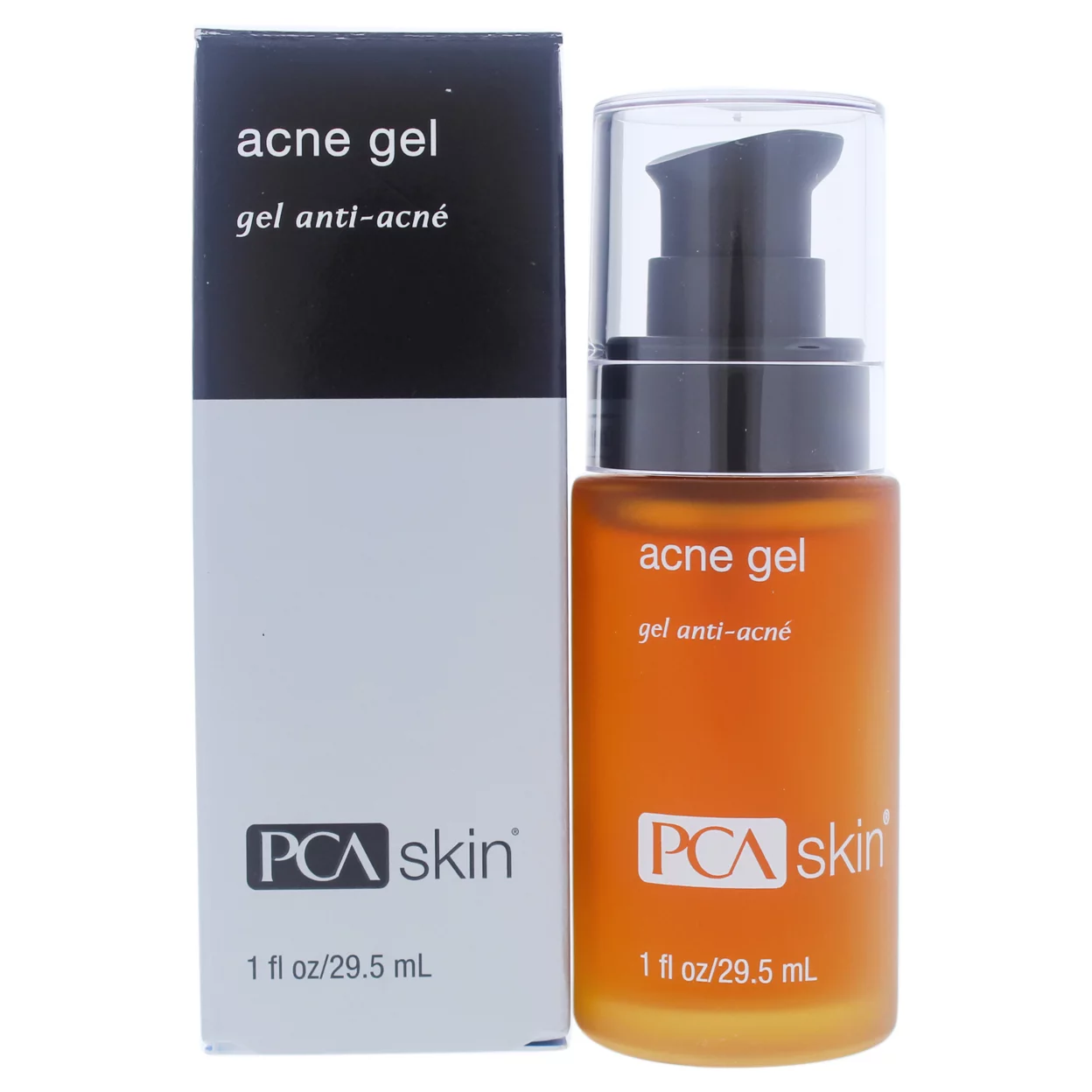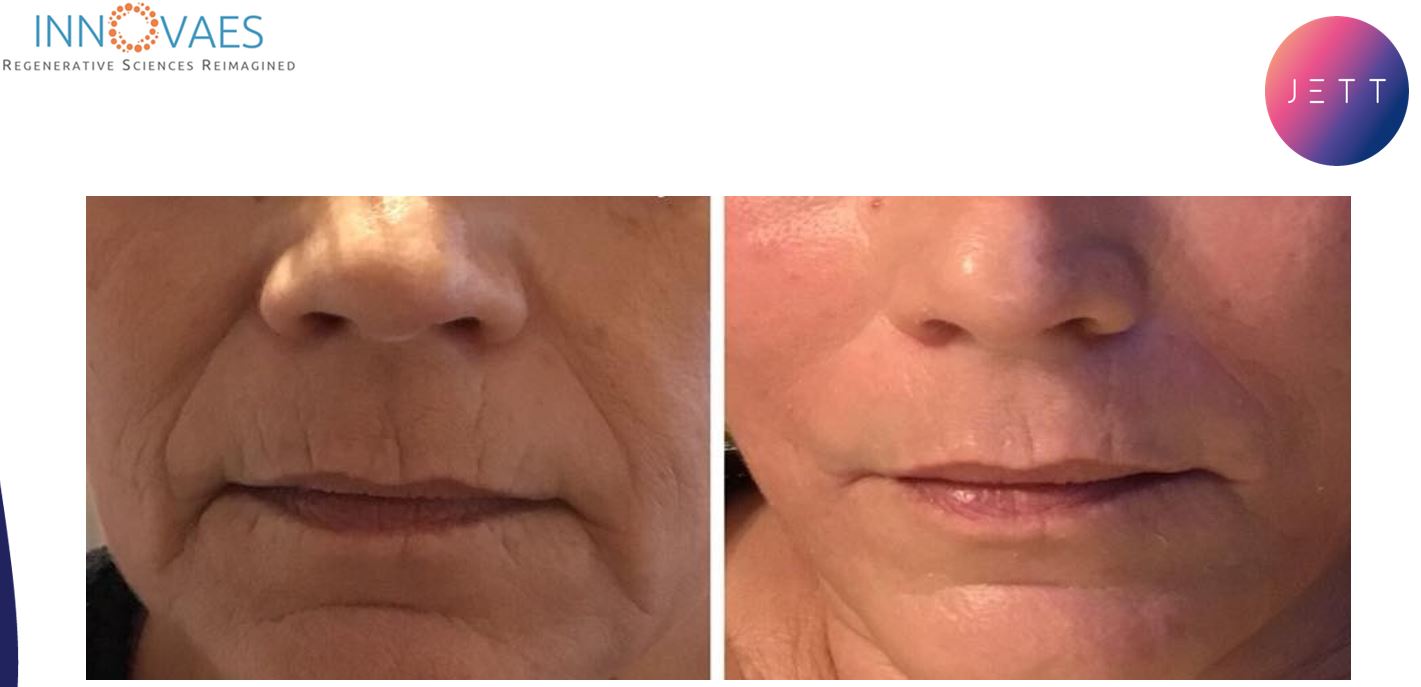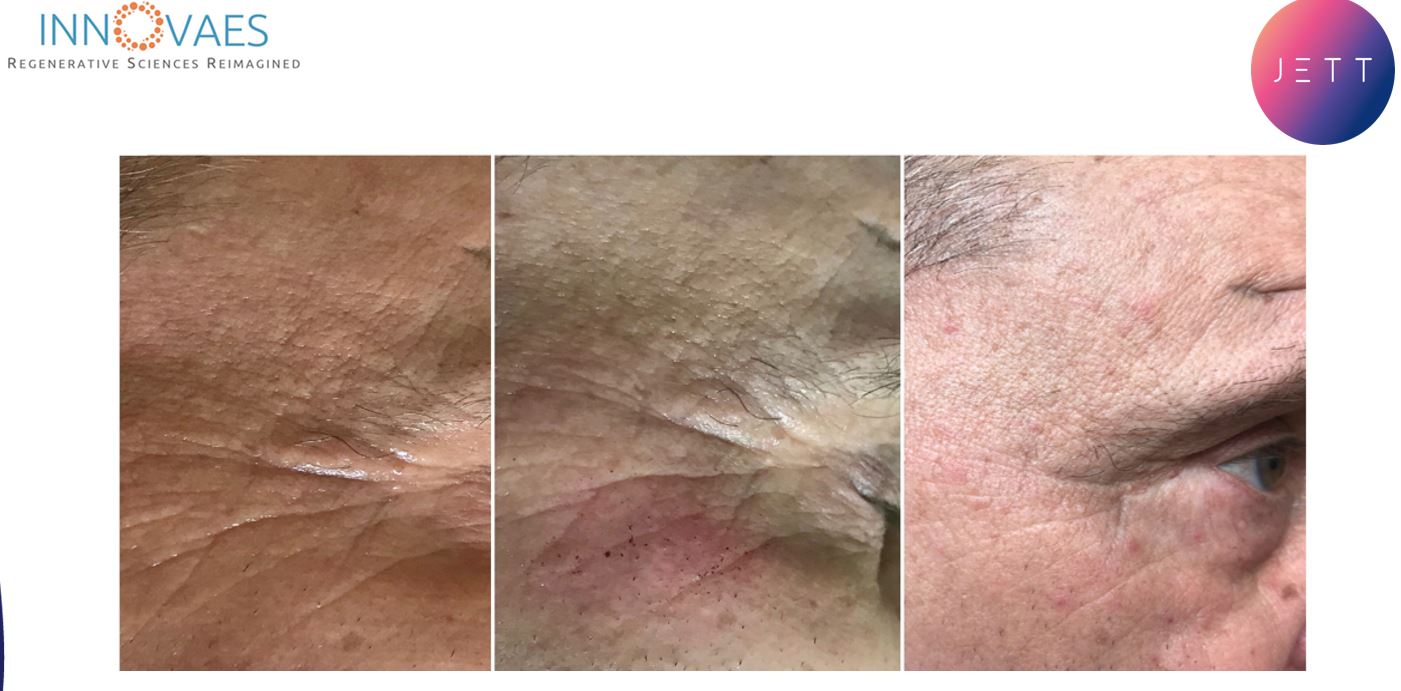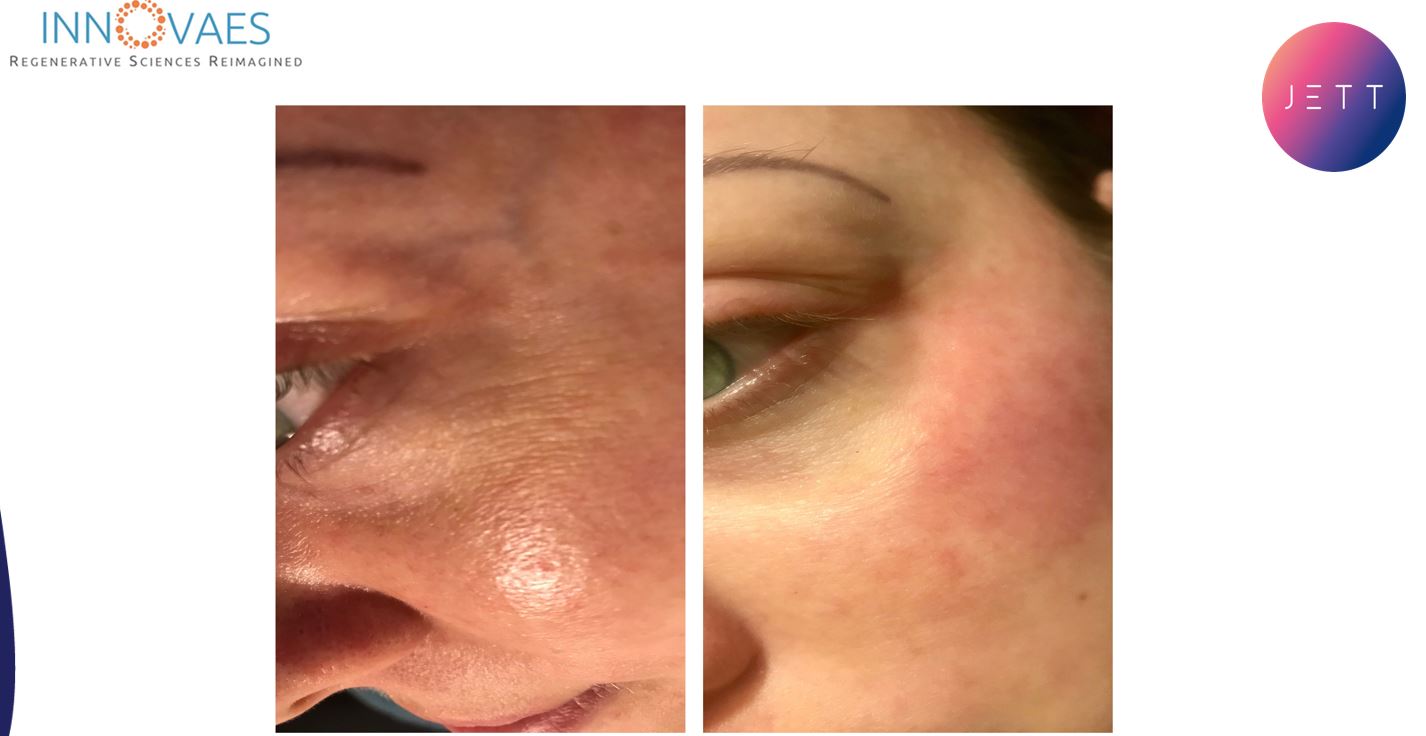Benzoyl Peroxide vs. Salicylic Acid: Which is Right for Your Acne?
Benzoyl Peroxide vs Salicylic Acid: What’s the Difference?
When it comes to treating acne, chances are you want results and you want them fast. Luckily, the skincare market is flooded with products that promise to clear skin, fight pesky pimples, and reach deep within the pores for quick—and long-lasting—relief. But not all acne fighters are created equally, and when it comes to ingredients, two tend to rise above the rest: benzoyl peroxide and salicylic acid.
Both have been widely heralded as acne-clearing wonder treatments—and for good reason, their long, documented histories are impressive to say the least. But how exactly each fights acne—and the type of acne they target—are two different stories.
What is benzoyl peroxide?
Benzoyl peroxide mainly functions as an antibacterial ingredient, though it also has some exfoliating properties that help remove dead skin cells. It targets the bacteria that causes acne, and, unlike with other antibacterial agents, bacteria cannot grow resistant to benzoyl peroxide, making it a popular choice amongst dermatologists and other experts.
Benzoyl peroxide is perhaps the most effective ingredient we have in treating red, angry pimples. Think of it like a fire extinguisher, putting out inflammation in the skin and lowering levels of acne-causing bacteria.
Benzoyl peroxide doesn’t come without its risks. Namely, it can be fairly irritating depending on the concentration. And no matter how well-formulated, benzoyl peroxide is notorious for bleaching clothing, towels, and any other fabrics it comes in contact with. For this reason, opt for bright white towels and pillowcases that won’t be affected.
What is salicylic acid?
Meanwhile, salicylic acid is a beta hydroxy acid (BHA) that chemically exfoliates the skin, helping remove excess oil and dead skin cells from the surface. It does this by breaking down the bonds between skin cells and penetrating deep into the pores.
Salicylic acid is usually derived from aspirin, so it does have some anti-inflammatory benefits but works best on dry, comedonal acne such as blackheads and whiteheads. Also, for this reason, if you have an allergy or sensitivity to aspirin, you should not use salicylic acid.
Like benzoyl peroxide, salicylic acid runs the risk of irritation, as well as redness and sun sensitivity. So while it’s always important to wear sunscreen everyday, it’s doubly so when using salicylic acid.
What is the difference between benzoyl peroxide vs salicylic acid?
Benzoyl peroxide effectively targets inflammatory acne like red pimples, pustules, and pesky cysts. Meanwhile, salicylic acid fights more mild acne, like blackheads and whiteheads (commonly referred to as comedonal acne), as well as prominent pores and oily skin.
While the two ingredients function differently, they’re actually quite complementary. We regularly recommend using both ingredients as part of a full acne-treatment regimen.
While the two ingredients function differently, they’re actually quite complementary. We regularly recommend using both ingredients as part of a full acne-treatment regimen as a lot of patients have several different types of acne at once.
Benzoyl peroxide and salicylic acid are stellar first-line, over-the-counter treatment options for acne. That being said, if you’re not seeing any improvement after a few weeks of use, We will recommend you see one of our Dermatologist at Accent Dermatology for further options and treatment.
Benzoyl Peroxide vs Salicylic Acid, Benzoyl Peroxide vs Salicylic Acid, Benzoyl Peroxide vs Salicylic Acid
Our Recommendations:

PCA BPO 5% Cleanser
A gentle and effective cleanser formulated with 5% benzoyl peroxide for antibacterial properties, and a host of botanical extracts to clear, soothe and calm acne and breakout-prone skin.

PCA Acne Gel
Formulated with 2% salicylic acid, this treatment gel helps clear existing breakout and prevent future acne. A unique botanical blend helps control daily oil production.



